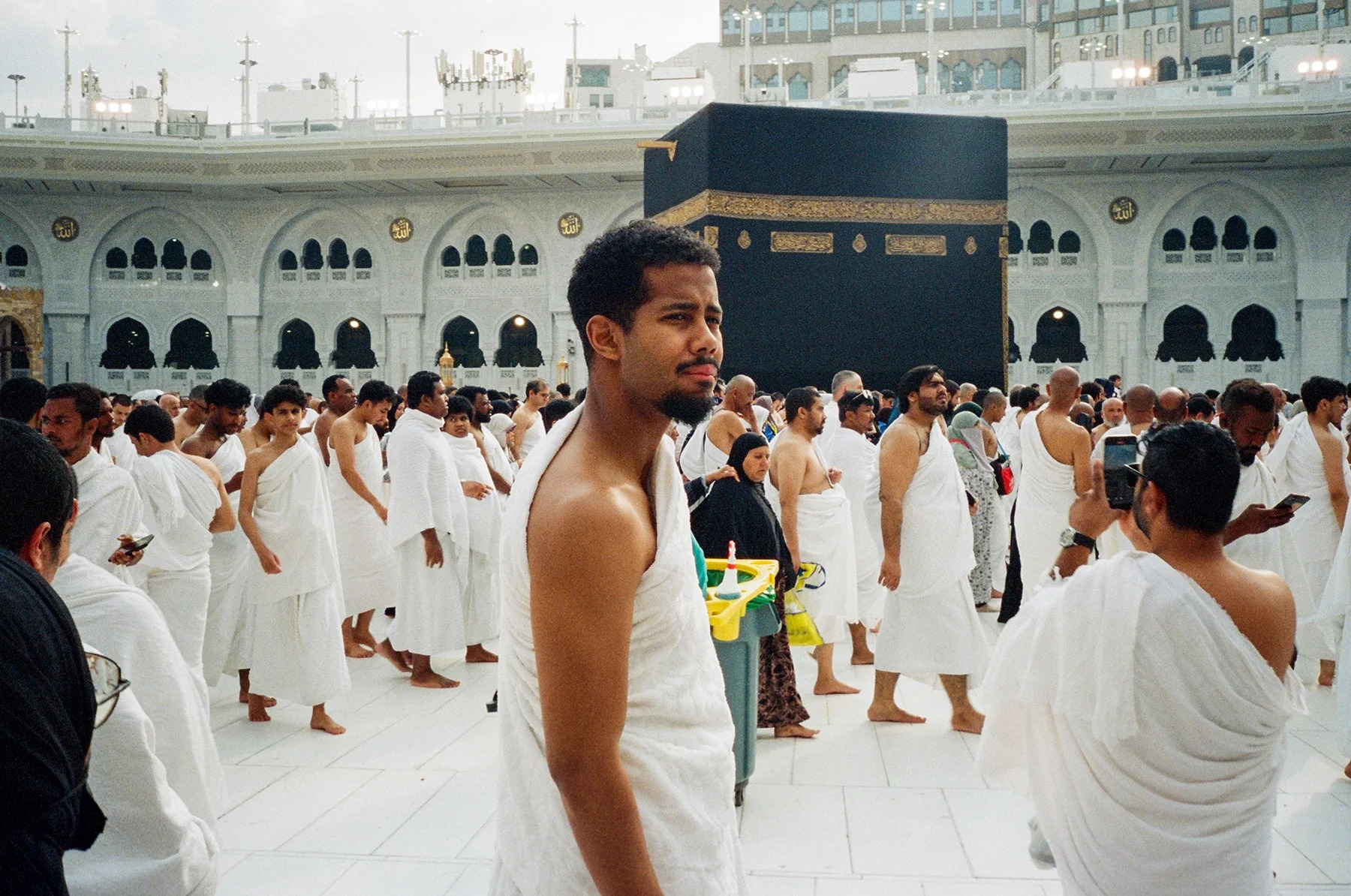In the stillness of dawn, just as the sun began to stretch its light across the sky, my grandmother would already be rising from bed, as if sleep had only brushed past her without ever truly settling in. Whenever I happened to be awake at dawn, I watched her rise with grace, moving softly through wuduu (cleansing ritual) before standing to pray Al-Fajr (dawn prayer). Then, she would sit at the table in the living room, open the Holy Qur’an, and begin to recite in a voice so gentle it felt like a breeze moving through the house. I still carry that image with me to this day. And maybe the reason it has stayed so close is because it makes me reflect on how prayer moved so gently in line with her own life, like it was part of her breath. She breathed prayer in a way that felt so effortless, like it came as naturally to her as waking up with the sun. She carried a kind of lightness about her. A light that touched every part of her day, that rested beside her as she slept…



